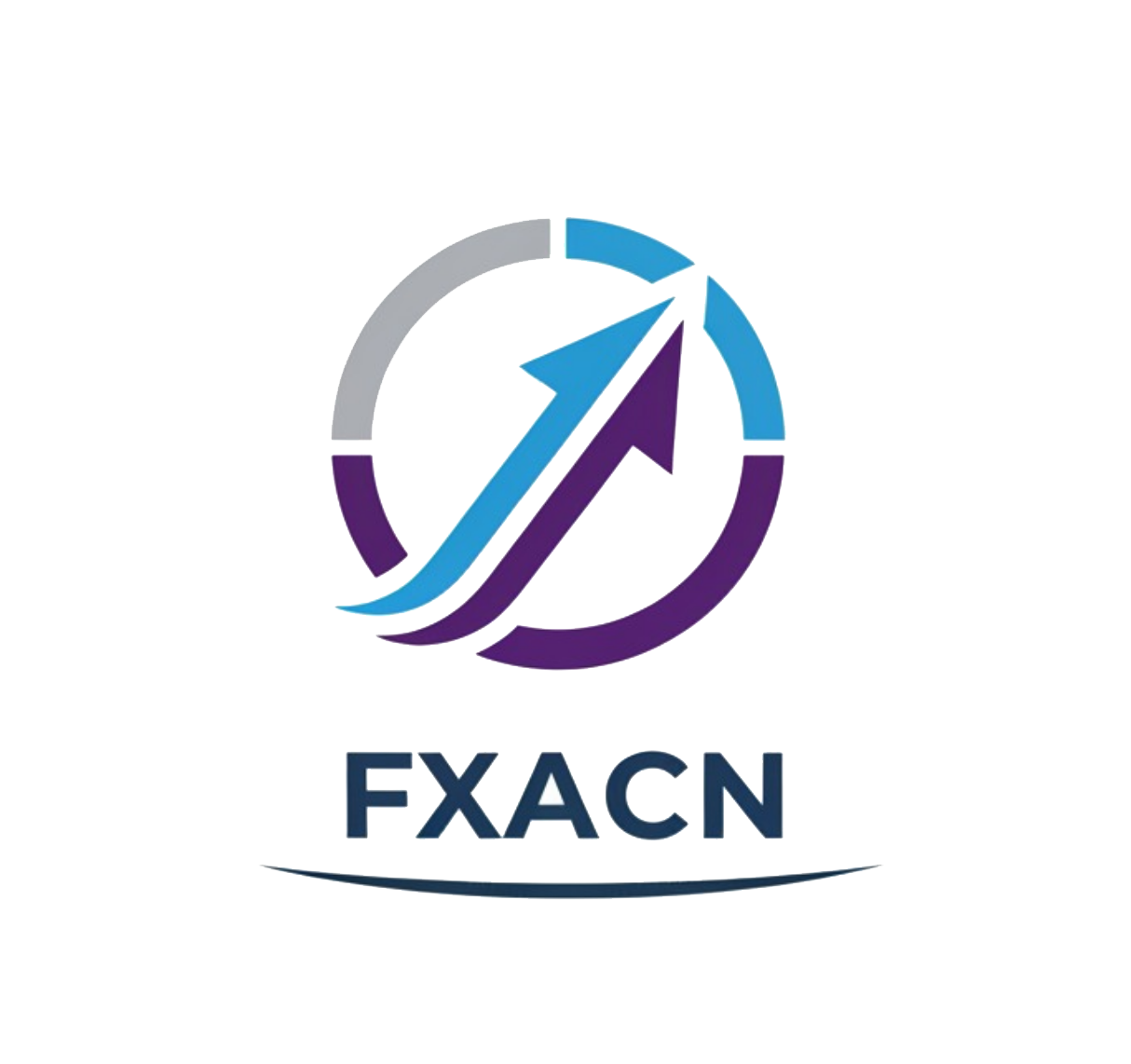Introduction
TradingView is a popular platform in the forex market, known primarily for its advanced charting tools and social network features that allow traders to share insights and strategies. Founded in 2011, it has attracted millions of users worldwide, boasting a community of over 30 million traders and investors. Given its expansive reach and relevance in the trading community, assessing whether TradingView is safe or potentially a scam is imperative for traders. The influx of new and inexperienced traders in the forex market highlights the necessity of thorough evaluations of any trading platform.
In this article, we will methodically investigate TradingView’s credibility, focusing on its regulatory status, company background, trading conditions, security measures, and user experience. Our assessment draws upon various resources, including expert reviews, trader testimonials, and regulatory documents. This structured evaluation will serve as a comprehensive guide for traders—whether novice or experienced—providing insights into the legitimacy and safety of using TradingView for trading activities.
Regulation and Legitimacy
The regulatory stance of TradingView is a significant factor in determining its safety. As a charting tool and social network, TradingView itself does not operate as a broker and does not manage client funds directly. However, it does facilitate connections with various brokers, each of which is subject to distinct regulatory oversight. Traders need to be acutely aware of the implications of this decentralized structure.
Key Regulatory Information:
| Regulatory Authority | License Number | Regulated Area | Verification Status |
|---|---|---|---|
| N/A | N/A | N/A | N/A |
While TradingView operates under the legal frameworks applicable in the United States and other regions, it does not have a specific regulatory license itself. Its partners, the brokers integrated into TradingView, bear the responsibility of their licensing and compliance with relevant financial regulation bodies. The absence of a dedicated regulatory body for TradingView raises the necessity for users to carefully vet any broker connected through the platform, ensuring they adhere to high regulatory standards.
A well-regulated broker provides essential protections, including segregated client accounts, transparency regarding trading practices, and mechanisms to handle disputes. It is crucial for potential users of TradingView to inquire about the regulatory status of any broker they intend to connect with the platform. Consequently, while TradingView offers powerful tools and resources for traders, the need for due diligence regarding broker selection is imperative for ensuring a safe trading environment.
Company Background Investigation
TradingView’s inception dates back to 2011, and it was co-founded by Stan Bokov, Denis Globa, and Constantin Ivanov. The platform’s headquarters are situated in New York, USA, and since its launch, it has evolved extensively, growing from a simple charting application to a comprehensive trading platform that integrates social trading features.
In terms of ownership, TradingView has successfully procured investments from reputable firms which aids its operational capabilities and expansion into global markets. The company’s transparency regarding its ownership structure and business operations has contributed positively to its reputation.
Occupying the forefront of trading technology, TradingView has partnered with various financial institutions and exchanges, allowing it to provide users with real-time data across different markets. This level of community engagement and interaction is a testament to its solid operational framework.
Moreover, the company’s focus on enhancing user experience through continuous updates and feature enhancements reflects its commitment to maintaining its position as a leading charting platform. However, users should remain vigilant regarding the platform’s features and ensure they align with their personal trading goals.
Trading Conditions Analysis
Assessing TradingView’s trading conditions requires understanding the platform’s fees, which are contingent upon the integrated brokers rather than TradingView itself. While TradingView offers a free tier, advanced features are available through subscription plans. Fees can vary significantly between brokers that link through the TradingView platform, influencing a trader’s overall costs.
Core Trading Costs Comparison:
| Fee Type | TradingView | Industry Average |
|---|---|---|
| Spread for Major Currency Pairs | 0.1 – 0.4 pips | 0.2 – 1.0 pips |
| Commission Model | Varies by broker | 0.005 – 0.15% |
| Overnight Interest Range | Varies by broker | 1 – 3% |
TradingView charges no direct commission for its basic services, yet costs often accrue from the broker connected. Major currency pairs often reflect competitive spreads, generally aligning well with industry standards. The potential for elevated fees associated with certain brokers should not be underestimated, especially when they impose uncommon or exorbitant charges.
Keeping track of these costs is vital for traders who aim to enhance risk management and profitability. Moreover, traders must assess whether any pricing discrepancies are justifiable or constitute a red flag indicating potential issues with transparency or fairness.
Customer Funds Security
The security of client funds is paramount when using any trading platform. TradingView does not hold clients’ funds but offers powerful analytical tools while linking traders with third-party brokers. Security measures, therefore, hinge on the protocols that each broker implements.
TradingView employs strong data security practices—including SSL encryption to protect user data. Additionally, two-factor authentication (2FA) is available, adding an extra layer of protection against unauthorized access. However, users need to remain aware that the security of their funds also heavily relies on the practices of their chosen broker.
Many well-regulated brokers offer client funds segregation and insurance against losses. Thus, it is essential for users connecting to brokers through TradingView to prioritize those with a proven track record of safeguarding client investments.
Historical accounts of issues pertaining to fund security in the broader trading landscape point to both regulated and unregulated brokers facing scrutiny. While TradingView has not faced significant allegations directly, users must be diligent in ensuring they select trustworthy brokers to avoid potential risks associated with fund security.
Customer Experience and Complaints
User feedback is invaluable to evaluating TradingView’s effectiveness. The platform generally garners positive reviews for its user-friendly interface, extensive charting capabilities, and robust community support. However, as with any service, there are common complaints that users have reported.
Main Complaint Types and Severity Assessment:
| Complaint Type | Severity | Company Response |
|---|---|---|
| Customer service responsiveness | Moderate | Limited response time |
| Data discrepancies | High | Addressed but slow |
| Subscription billing issues | Low | Mostly resolved |
Common complaints often revolve around the responsiveness of customer support, particularly when users face technical issues. While the platform provides numerous resources aimed at enhancing the user experience, feedback suggests that response times can be slow, particularly for complex inquiries.
Given the prevalence of trading-related inquiries and challenges, a more robust customer support structure would significantly benefit members of the TradingView community. Some users have also noted issues with data accuracy affecting trading decisions, raising the need for ongoing improvements in this area.
One notable case involved a user unable to access their account during high volatility, temporarily impacting their trading strategy. Though issues were resolved, the pipelining of support requests introduces a degree of risk for active traders reliant on quick resolutions.
Platform and Trade Execution
Evaluating TradeView’s platform performance involves assessing several critical factors including stability, user experience, and execution quality. Most reports indicate that TradingView maintains a strong reputation for its platform stability. However, the platform does require a reliable internet connection for optimal use, especially during peak trading hours.
Regarding execution quality, it is essential to note that TradingView’s order execution relies on the brokers to which users are connected. Some users have reported instances of slippage, particularly in high-volatility environments. While this is somewhat expected in active trading scenarios, consistent large slippage may indicate inefficiencies in order processing by certain linked brokers.
Signing up with brokers that have well-optimized execution practices is vital for users looking to execute trades seamlessly via TradingView. Monitoring the performance of these brokers during trading sessions should be a primary consideration for traders using the platform.
Risk Assessment
Using TradingView, like any trading platform, carries inherent risks worth evaluating. Overall, while the platform provides powerful tools and vast resources, users must be aware of the external risks posed by third-party brokers.
Key Risk Rating Summary:
| Risk Category | Risk Level (Low/Medium/High) | Brief Explanation |
|---|---|---|
| Regulatory Risk | Medium | Dependent on linked brokers |
| Market Volatility | High | Significant impact on trading |
| Execution Risk | Medium | Potential for slippage |
In addition to direct market risks, traders must assume the indirect risks associated with their broker. Regulatory considerations play a crucial role; for example, choosing a broker without substantial oversight can introduce added risk in the event of disputes.
To mitigate these risks, traders should conduct thorough research of brokers, maintain diligent practices, and employ effective money management strategies. Being informed about market changes can also ensure better decision-making, thereby enhancing overall trading performance.
Conclusion and Recommendations
In conclusion, based on an extensive review of TradingView and its operational characteristics, it is clear that TradingView is not a scam. It serves as a sophisticated platform for charting and analysis, but users need to remain prudent when connecting to brokers. As it lacks direct regulation due to its nature as a charting tool rather than a broker, users should exercise caution in selecting reputable brokers with robust regulatory oversight.
For traders seeking powerful tools and vibrant community engagement, TradingView presents an excellent option. However, be vigilant regarding the choice of brokers, ensuring they are well-regulated and have a positive reputation within the trading community.
If you are considering using TradingView, starting with its free version can provide a useful introduction to its capabilities. However, advanced traders or those desiring additional functions may wish to explore paid plans. Additionally, always seek brokers that align with your trading strategies and safety preferences; reputable alternatives include Interactive Brokers and OANDA, both of which have established good standings in the trading community.
Ultimately, while TradingView itself does not pose direct risks, the broader landscape of brokers and trading practices necessitates that users stay informed and proactive in protecting their investments.


